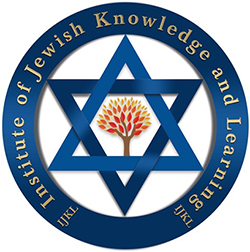How often do you use emoticons? Do they express what you actually mean?
מזרק אחד כסף, כנגד התורה המשולה ביין, שנאמר (משלי ט): ושתו ביין מסכתי, ולפי שדרך היין לשתות במזרק, כמה דתימא (עמוס ו): השותים במזרקי יין לכך הביא מזרק שבעים שקל בשקל הקדש. למה? כשם שיין, חשבונו שבעים, כך יש שבעים פנים בתורה.
"One silver basin" was brought as a symbol of the Torah which has been likened to wine, as it says "And drink of the wine which I have mingled" (Mishlei 9:5). Now because it is customary to drink wine in a basin, you may gather from the text, "that drink wine in bowls" (Amos 6:6) -- he on that account, brought a basin. "Of seventy shekels, after the shekel of the sanctuary" (Bamidbar 7:19). Why? As the numerical value of yayin (wine) is seventy, so there are seventy modes of expounding the Torah.
דע כי רשות לנו נתונה לפרש משמעות הכתובים בנתיבות העיון ויישוב הדעת הגם שקדמונו ראשונים ויישבו באופן אחר כי ע' פנים לתורה ואין אנו מוזהרים שלא לנטות מדברי הראשונים אלא בפירושים שישתנה הדין לפיהן, ולזה תמצא שהאמוראים אין כח בהם לחלוק על התנאים במשפטי יי אבל ביישוב הכתובים ובמשמעותן מצינו להם בכמה מקומות שיפרשו באופן אחר:
You should know that we have permission to explain the implication of the verses after careful study – even though our conclusions differ from the explanation of our Sages. That is because there are 70 faces to the Torah. There is no prohibition against differing from the words of our Sages except if it changes the Halacha. Similarly, we find that even though the Amoraim did not have the right to disagree with the Tannaim in halachic matters – but we find that they offered alternative explanations to verses.
(83) You may well ask why the Torah did not state clearly what it means, instead of our needing the oral Torah for clarification? After all, wording such as this only encourages those who doubt that Torah is of Divine origin and who deny the authority of the Rabbis to interpret it!
(84) The answer is found in the statement that the written Torah has seventy facets (Bamidbar Rabbah 13,15). This is similar to יין wine which numerically adds up to seventy. This means that the halachic norm of any מצוה listed in the Torah, is based on the oral tradition. Were this not so, the written Torah could not be subject to a variety of interpretations which reveal many other concerns of Torah.




